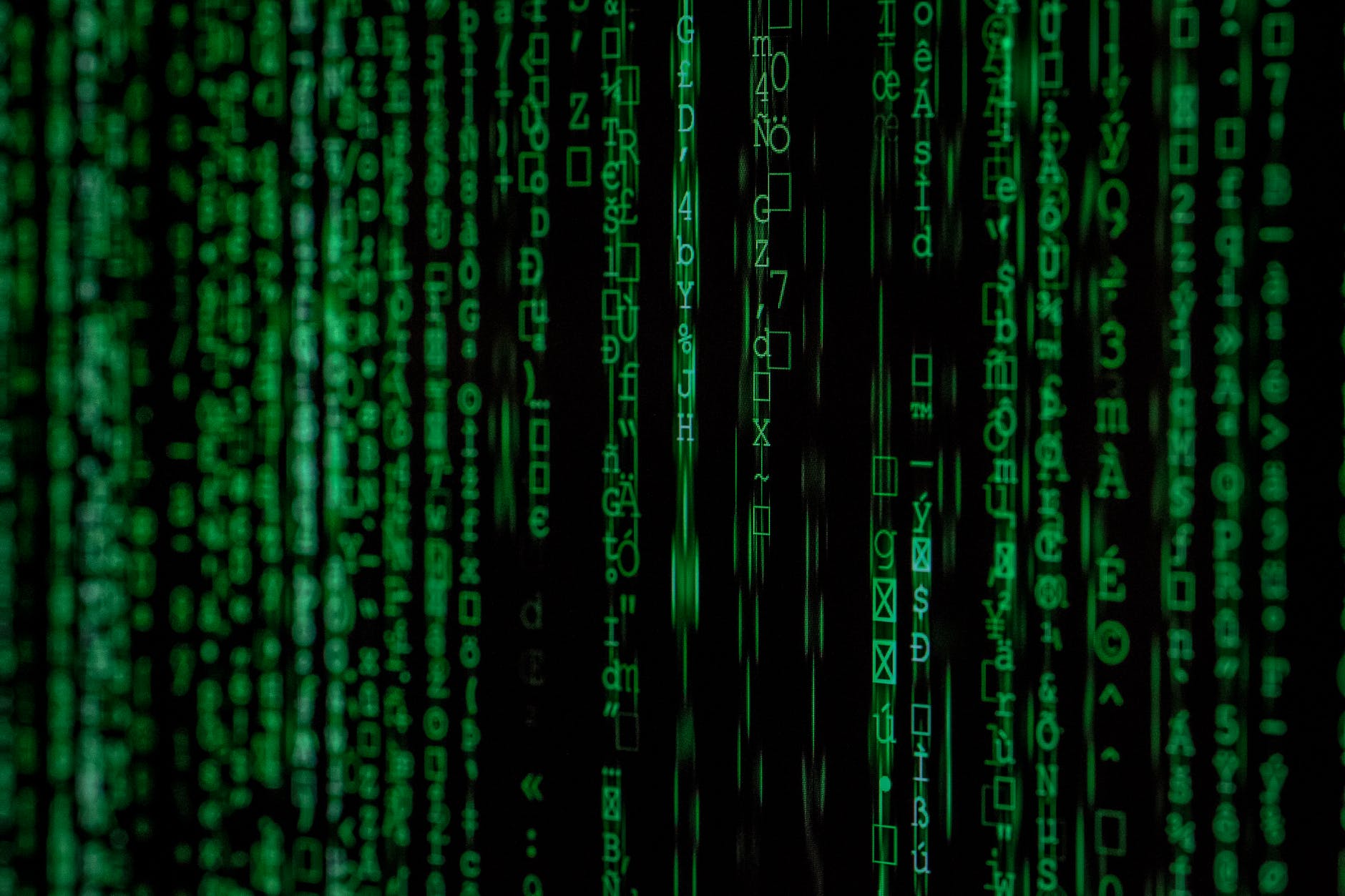Would you like to turn on your PC remotely?
Perhaps from a different room in your house? Perhaps from your backyard? PERHAPS from a beach in the Bahamas?
I hope to help people understand what Wake on LAN (WOL) is and how to use it. If you have an Xbox 360 and have ever turned it on and loaded media center with your PC turned off, you might notice your PC will automatically turn on. How does this happen? Well, when your Xbox doesn’t get a response from your PC, it will send a “magic packet” to your PC. This magic packet will turn on your PC as long as your PC has the WOL feature enabled. Most modern PCs and Macs support WOL and have it enabled by default.
A magic packet is sent over UDP 9 to a network address (commonly known as MAC address) to the broadcast address on your network. If you have a device on your network, which is connected through a network cable with that MAC address, it will power up. You can do this to a PC/MAC that is currently in sleep mode or in a powered down state. Kind of cool right?
Macs have this setting in the energy saver system preferences section under the options tab. For PCs, you will need to enable this feature in the system BIOS and control panel. Google how to do this.
I downloaded a cool (free) iPhone app called iWake. This app allows me to send the magic packet through my local network (WIFI) or over the internet (3G).
But why do we want to remotely wake up our PC/Mac?
Well, let’s say you are on vacation but need to access files on your PC. You can’t remote to your PC if it’s turned off. Let’s say you want to access a file from your office or when you are on a business trip. You probably won’t leave your computer on for weeks at a time for that JUST IN CASE moment. So WOL will allow you to remotely turn on your machine when you need it and then you can power it down once you are done.
Once your machine is set up to WOL, it’s really easy. You just need to download a free WOL application, provide the MAC address of your network card (Google how to get this if you don’t know how) and then send the packet. And voila, your machine will start to boot up. But what if you are not connected to your local network in your house. Let’s say you want to do this from your iPhone or from your laptop at work or at your parent’s house, etc.
Well, you will need the global IP address of your network. You can get this by going to a website likewhatsmyipaddress.com. If you don’t have a static IP address, you will want to use a free dynamic DNS service which will provide you with a hostname like myname.dyndns.com or something. Then you just need to memorize this hostname and it will point to your current global IP address.
We are still not done yet, we will need to make sure our router is configured to handle the magic packet. You will want to go into the admin section of your router and set up a port forward. Setup one for port 9 UDP and point to the network broadcast address. For example, most people will be using 192.168.1.255. This will allow you to send your magic packet to your router (your global IP address) along with the MAC address. The router will get it and broadcast the magic packet on the broadcast address of 192.168.1.255 which will go out to anything connected to your local network and target the MAC address you gave it. If all works, it will turn on your computer. And then you can remotely connect to your machine and access your files. This can also be useful for turning on your machine that serves your media files directly to your iPhone, iPad, or tablet device. Check out this tutorial on how to set up a multimedia server to stream all your media from your home to your mobile devices.


